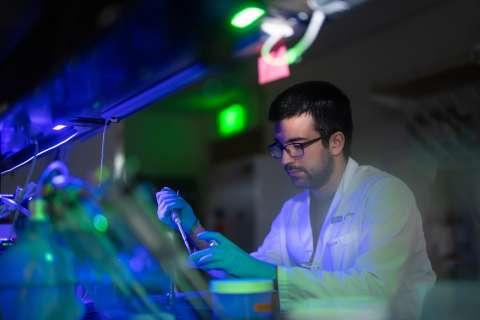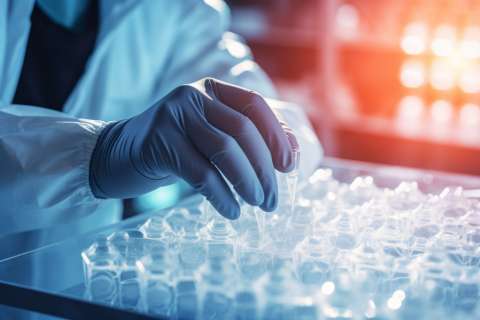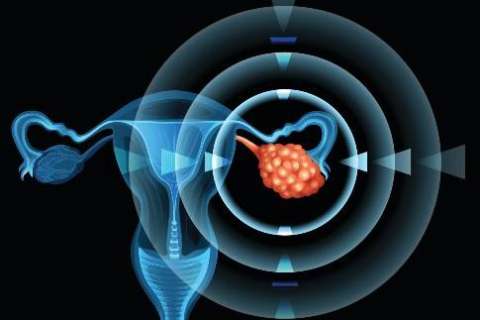
David Eisenberg, PhD
Languages
Contact Information
Phone
Scientific Interests
In Dr. David Eisenberg's group, protein structures are determined by x-ray crystallography, and structures are related to function by biochemical and genetic methods. At present, the structure and action of half a dozen proteins are being studied. These include the multisubunit, regulated enzymes glutamine synthetase and RuBisCO; diphtheria toxin, a proenzyme that crosses the cell plasma membrane and stops protein synthesis; and several designed proteins. Facilities for structure determination and computation are shared with other members of the Biological Structure Group.
A central question of biochemistry is how the amino acids sequence of a protein determines its three dimensional structure. The goal is to be able to predict the structure from the sequence, a matter of great practical importance. One computational approach is being developed to describe a 3D structure by a 3D profile. The 3D profile can score the compatibility of any amino acid sequence with the 3D structure. A high compatibility score indicates the sequence may be folded as the structure. Another approach is to test rules of protein folding by designing and synthesizing a simple protein, and then using x-ray crystallography to compare the actual structure with the design.
What are the interactions that stabilize proteins or which permit proteins to recognize other proteins or small molecules? These questions are being explored with hydrophobic moments and Atomic Solvation Parameters (ASPs). These are semi-empirical quantities that characterize interactions of amino acid residues. ASPs give an estimate of the hydrophobic contribution to the free energy of interaction.
Highlighted Publications
Thompson MJ, Sievers SA, Karanicolas J, Ivanova MI, Baker D, Eisenberg D. The 3D profile method for identifying fibril-forming segments of proteins. Proc Natl Acad Sci U S A. 2006; 103(11): 4074-8.
Abdallah AM, Verboom T, Hannes F, Safi M, Strong M, Eisenberg D, Musters RJ, Vandenbroucke-Grauls CM, Appelmelk BJ, Luirink J, Bitter W. A specific secretion system mediates PPE41 transport in pathogenic mycobacteria. Mol Microbiol. 2006; 62(3): 667-79.
Kemper KJ, Butler LD, Culbert T, Eisenberg D, Gardiner P, Gaylord S, Glick R, Gold JI, Guerrera MP, Harrigan R, Kreitzer MJ, Lee R, McLean TW, Olness K, Pan J, Pettignano R, Rickhi B, Rosen L, Sahler OJ, Sierpina V, Tsao JC, Vohra S, Weydert J, Zeltzer L, Zempsky WT. Pediatric guidelines. Explore (NY). 2006; 2(5): 386-7.
Strong M, Mallick P, Pellegrini M, Thompson MJ, Eisenberg D. Inference of protein function and protein linkages in Mycobacterium tuberculosis based on prokaryotic genome organization: a combined computational approach. Genome Biol. 2003; 4(9): R59.
Wang S, Eisenberg D. Crystal structures of a pantothenate synthetase from M. tuberculosis and its complexes with substrates and a reaction intermediate. Protein Sci. 2003; 12(5): 1097-108.


